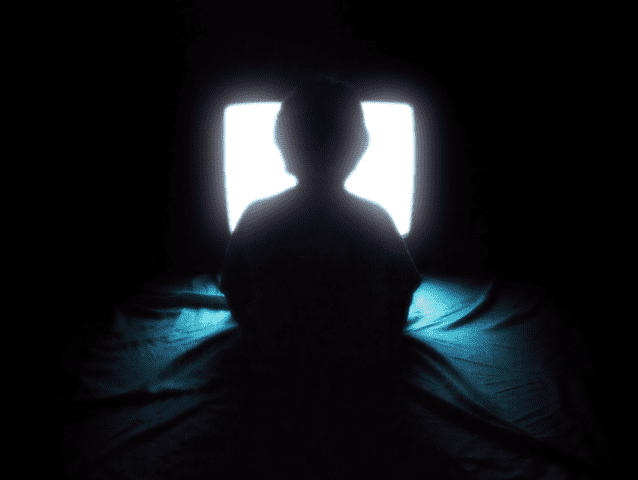Ah, the good old days.
As my husband and I were settling in to watch the next episode in the current series we are following on Netflix, I couldn’t help but ponder how times have changed.
The impact of the television in the American household is undeniable. Television, not only what we watch but how many hours we watch, has had a tremendous impact on our culture, our health, and our relationships. Since the invention of the television in 1927 and it’s accessibility to the American family, television has allegedly impacted our political views, our response to violence and sex, our views of the world around us, and our families.
From the evolution of that first transmission in 1927 to color TV to the three major networks to cable to satellite to subscription TV on demand and now — internet TV — the “idiot box” has changed just as the rest of society.
Change is never good or bad. Change is constant.
People my age or older will remember the Friday nights of network television. It was early 1970s. We didn’t make plans to go bowling or to go see a movie with friends because the TV line-up was directed at us — kids and their families. At the time, most of us had one TV in our house and it was the central focus of most evenings.
Friday night was the big night. Iconic televisions shows lined up back to back. The Brady Bunch. Followed by the Patridge Family. Room 222. The Odd Couple. And then, if you could stay awake or your parents let you stay up, Love American Style — a series of vignettes about dating and relationships. Friday night TV in those days could only be improved by hosting or being invited to a sleepover where you could watch all of the shows with your friends.
The marketing and advertising industry knew it and commercials were placed accordingly.
The people and families in those shows came into our house and we felt like we knew them.
I’ve heard it described as the modern household fireplace. We gathered around to share time and to share the experience. Like the radio before it, the TV in was the center of family gathering and entertainment.
As the television has progressed we have heard how bad it is for us. Watching too much TV has been linked to inactivity, obesity, and other social harms. As a recreation student in the late 1970s, we learned that watching TV or even going to the movies was called an “aggregate” interaction pattern. It is a bunch of people doing an activity at the same time but, theoretically, not really engaging with each other. The idea was that if people had goals of interacting and improving their social engagement, prescribing television was probably not a good idea.
But who can forget those next day conversations about “Who Shot JR?” and more recently, who won on American Idol or “Did you see the last minute of that Steeler game?”
Recent research has shown that families report many benefits of watching TV together including shared laughter, becoming more informed, and that TV can spark family discussion on issues.
TV watching is just a bit different from the days of the Brady Bunch around the console set in my parent’s living room on a Friday night.
It’s undeniably that the impact of “television” in our lives has changed. Research shows that the average family now has a minimum of four digital devices in their homes in which they can “watch.” Watching now includes YouTube and other technological programming. The average family has access to 189 channels and it’s been estimated that the average toddler spends 32 hours per week in front of the box. Adults reportedly average about five hours per day. One study found that 90 percent of current television viewers report multi-tasking while they watch TV — cell phones, texting, surfing the internet.
And then there is Binge Watching. A series or documentary is available on pay per view, one of the subscription channels, or Netflix. Rather than waiting with anticipation for Friday night to see what teen idol David Cassidy was doing in this week’s episode of the Partridge Family, we can run a couch marathon and sit and watch the whole season or seasons in one or two days.
Over the recent holiday break, I binged watched the final season of Downton Abbey, the documentary series “Making of a Murderer”, and started on Netflix’s family drama “Bloodline.” (Lest you be concerned about my health, I visited with family, ran almost every day, and managed to read three new books as well).
Whether he’s guilty or innocent, the national debate about the murder conviction of Steven Avery in the “Making of a Murderer,” takes us back to the days of conversations around the water cooler about what happened on TV the prior night.
I sometimes miss the old days of my family around a TV, gathered to watch the same show and sharing family time together. But, like so many things in our rapidly evolving society, something else will and has come along to replace it. Watching TV in this new millennium may not be like the good old days but it can still be good.



